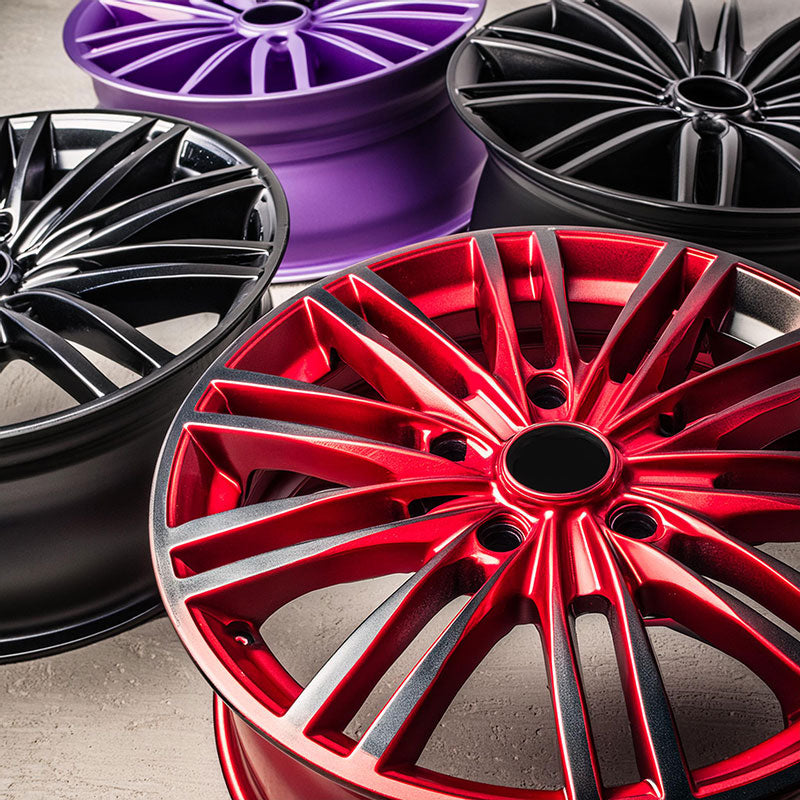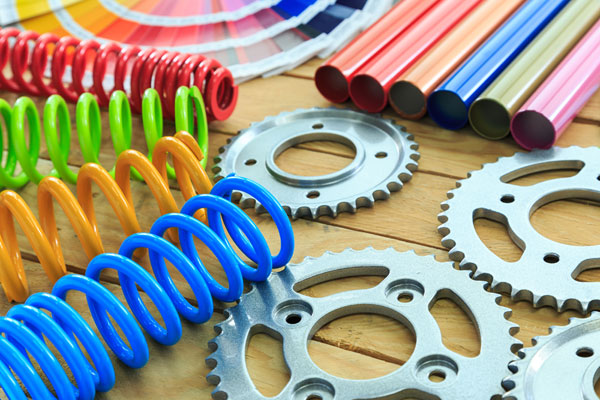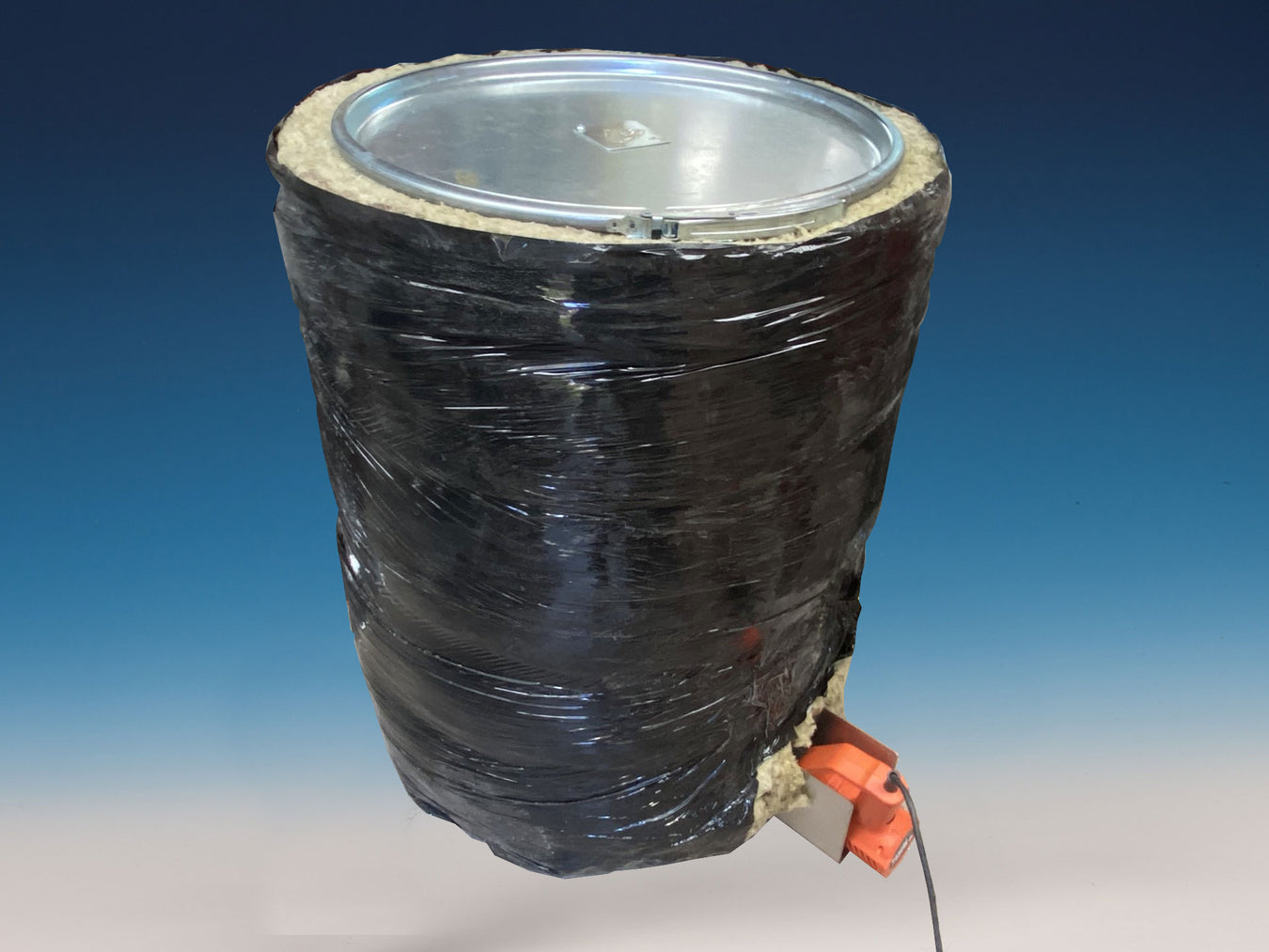Exploring the World of DIY Home Powder Coating: Everything You Need to Know
DIY home powder coating is a process that allows individuals to apply a durable and attractive finish to metal objects in the comfort of their own homes.
What exactly is powder coating?
It is a dry finishing process where fine particles of pigment and resin are electrostatically charged and sprayed onto a surface. The charged particles adhere to the surface until heated, where they flow into a smooth coating.
One of the key benefits of powder coating is its durability. It provides a tough finish that is resistant to chipping, scratching, fading, and wearing compared to other finishes like paint. Additionally, powder coating is environmentally friendly as it produces less waste and emits fewer volatile organic compounds (VOCs) than traditional liquid coatings.
By exploring the world of DIY home powder coating, individuals can personalise their projects with professional-quality finishes while enjoying the satisfaction of completing the process themselves.

Understanding the Basics: What Tools and Materials Do You Need for DIY Powder Coating?
When it comes to DIY powder coating, having the right tools and materials is crucial for a successful project. Here are some essential items you'll need to get started:
-
Powder Coating Equipment: This includes a powder coating gun, compressor, and well-ventilated area plus powder. Investing in quality equipment and powders will ensure better results.
- Powder Heat Source: An oven or radiant heat source is necessary to cure the powder coating onto the surface of your item. Make sure the heat source is large enough for all your projects.
Having these tools and materials on hand will set you up for DIY powder coating success!
The Step-by-Step Guide to Achieving Professional Results with DIY Powder Coating
Powder coating is a versatile and durable way to finish metal surfaces, and with the right tools and knowledge, you can achieve professional results right in your own garage or workshop.
Here is a step-by-step guide to help you master the art of DIY powder coating:
-
Preparation: This is the most important step in the powder coating process. Make sure the item you are planning to coat is squeaky clean and free from any grease, oil, corrosion or dirt. For metal objects, this might mean using a sandblaster or chemical degreaser. Any residue can interfere with the coating process, leading to a less-than-satisfactory finish.
-
Ground yourself and your workpiece: Powder coating uses a static charge to make the powder adhere to the object. In order for this to work properly, you need to make sure that both you and the workpiece are properly grounded. Always refer to the manufacturers instructions for the best way to do this.
-
Use the right powder for the job: There are different types of powder coat available, each with its own properties. Make sure to choose a powder that is compatible with the material you are coating and that will achieve the desired finish.
-
Control your air pressure: The air pressure from your spray gun will affect the Quality of the coating, orange peel effect and the ability to coat into tight corners.
-
Use a steady hand and even strokes: When applying the powder, use a steady hand and even strokes to ensure a uniform coat. Avoid overcoating any areas, as this can lead to drips and runs if spraying a pre-heated part.
-
Bake the powder at the correct temperature and time: Once you have applied the powder, you will need to bake it in order to cure it. The correct temperature and time will vary depending on the type of powder you are using, so be sure to consult the manufacturer's instructions. Most powders require 180 deg c.
-
Let the powder cool completely before handling: The powder will be very hot after it comes out of the oven. Allow it to cool completely before handling to avoid burning yourself.
-
Clean your equipment: It is important to clean your powder coating equipment if it’s not going to be used for a while. This will help to prevent clogs and ensure that your equipment functions properly.
-
Practice on scrap metal first: Before you start coating your final project, it is a good idea to practice on a piece of scrap metal first. This will help you to get the hang of the technique and ensure that you are happy with the results before you move on to your final project.
- Work in a well-ventilated area: Powder coating can create dust, so it is important to work in a well-ventilated area. You should also wear a suitable mask/respirator to protect yourself from inhaling the powder.
By following these steps carefully and investing in quality materials and equipment, you can achieve professional-looking results with your DIY powder coating projects right at home.

Tips and Tricks for Successful DIY Home Powder Coating Projects
Several tips and tricks can help ensure a successful outcome when embarking on a DIY home powder coating project. One key factor to consider is proper surface preparation. Make sure to thoroughly clean and degrease the item you plan to coat before applying the powder.
Additionally, pay close attention to the curing process.
In case you encounter any issues during your DIY powder coating project, such as orange peel texture or uneven coverage, troubleshooting techniques can come in handy. Understanding common mistakes in home powder coating, like applying too thick of a coat or not properly grounding the item, can help you avoid these pitfalls.
-
Multiple thin coats for a flawless finish: For a truly professional look, apply multiple thin coats instead of one thick layer. This minimises the risk of runs, drips, and uneven coverage, resulting in a superior finish.
-
Pre-heating complex shapes for even application: For intricate objects with deep pockets or recessed areas, or cast items to prevent gassing out pre-heat them to around 200°F (93°C) before powder coating. This helps the powder flow better and ensures even application in those hard-to-reach spots.
-
Hot flocking for texture and grip: Take your powder coating a step further with hot flocking. Apply a textured powder coat first, then while it's still warm, you could use a flock gun to apply short fibers for a unique textured grip on handlebars, tools, or other objects.
-
Electrostatic masking for tricky areas: For parts with grounded sections that interfere with powder adhesion. This can be achieved with a high temperature polyester type tape with silicone adhesive to prevent powder adhering to areas of the part not requiring a coating.
-
Waterfall technique for intricate pieces: Master the waterfall technique for complex geometries. Here, you move the grounded part continuously through the powder spray, ensuring complete coverage even in hidden areas.
-
Recycle overspray with a reclaim system: Minimise waste and save money by using a powder reclaim system. This captures overspray and allows you to reuse it, reducing powder consumption and environmental impact. Note it is important to mix re-claimed powder with virgin powder and ensure it is pre-filtered.
-
Adjust air flow for different powder types: Different powder types require adjustments in air flow for optimal application. Experiment with lower air pressure for finer powders and slightly higher pressure for heavier types to achieve the desired flow and coverage.
-
Dipping for high-volume, simple parts: If you're dealing with a high volume of simple-shaped parts, consider using a dipping technique. Pre-heated parts are dipped into a fluidised bed of powder, ensuring a quick and even coat.
- Colour mixing for custom finishes: Explore the world of custom colors by mixing compatible powder types. Research and experiment to create unique hues and finishes that perfectly match your project's aesthetic.
By implementing these tips and tricks, you can enhance your skills in DIY powder coating and achieve high-quality results in your projects.

Benefits of Choosing DIY Home Powder Coating Over Traditional Methods
One of the key benefits is the cost savings associated with tackling projects at home instead of paying for professional services.
DIY enthusiasts often find that they have more control and customisation options when using DIY powder coating kits. This allows them to tailor the finish and colour to their exact preferences, resulting in unique and personalised outcomes that may not be achievable through traditional methods or professional services.
-
Cost-effective: Setting up a home powder coating system can be cheaper than paying for professional services, especially for small projects. You only pay for the powder and equipment upfront, and then you can coat multiple items yourself.
-
Customisation Options: With DIY powder coating, you have a wider variety of colours and finishes to choose from compared to what a professional coater might offer. You can even mix powders to create custom colours.
-
Creative Control: Doing it yourself allows you to take complete creative control over your project. You can choose the exact finish, texture, and level of detail you desire.
-
Faster Turnaround Times: Skip the waiting list and potential delays of professional coaters. With DIY, you can complete your project on your own schedule, whenever you have the time.
-
Small Batch Coating: Powder coating at home is ideal for small projects or one-off items. You don't need a large minimum quantity like some professional coaters might require.
-
Skill Development: Learning how to powder coat yourself is a rewarding experience. You gain a new skill and the satisfaction of completing a project with your own hands.
-
Repurposing and Restoring: DIY powder coating allows you to restore or revamp old furniture, tools, or other metal objects, giving them a new lease on life and saving money compared to buying replacements.
-
Learning Opportunity: The DIY process allows you to delve deeper into the world of metal finishing. You'll learn about surface preparation, powder types, application techniques, and curing processes.
-
Lower Environmental Impact: While traditional methods like wet painting can involve harmful chemicals and solvents, powder coating creates minimal waste and uses environmentally friendly powders.
- Sense of Accomplishment: There's a great sense of accomplishment that comes from taking a bare metal object and transforming it with a beautiful, durable powder coat finish using your own skills and setup.
Whether you're looking to refinish your patio furniture, restore your car parts, or add a durable finish to your metal crafts, DIY home powder coating offers endless possibilities for creative expression and practical solutions.




